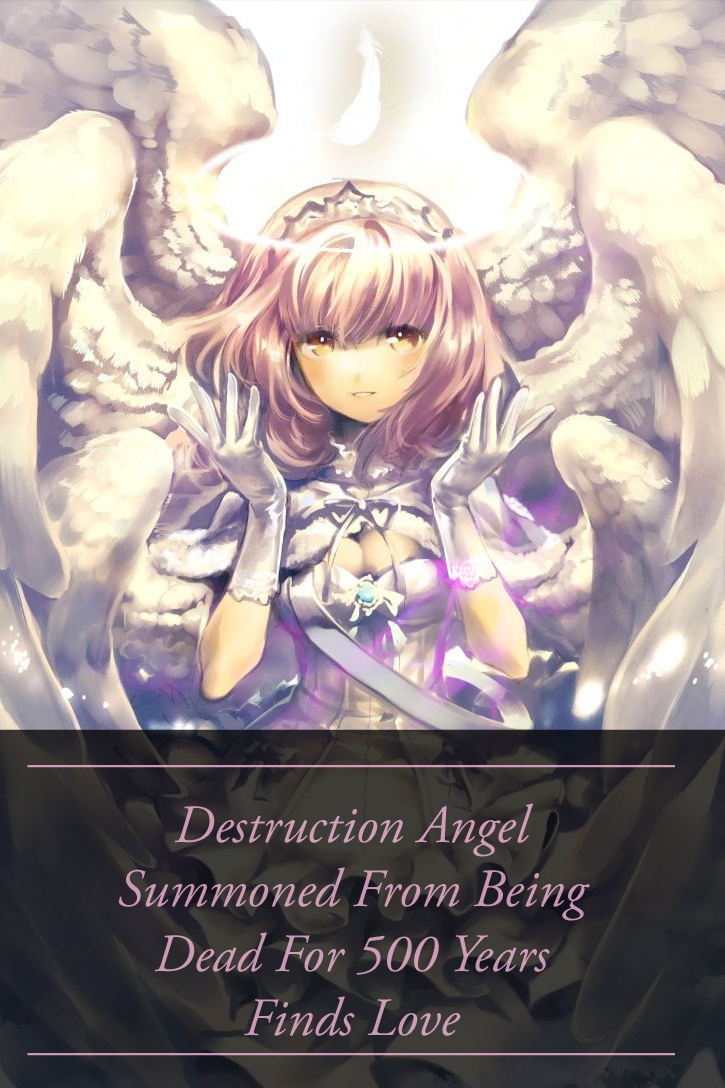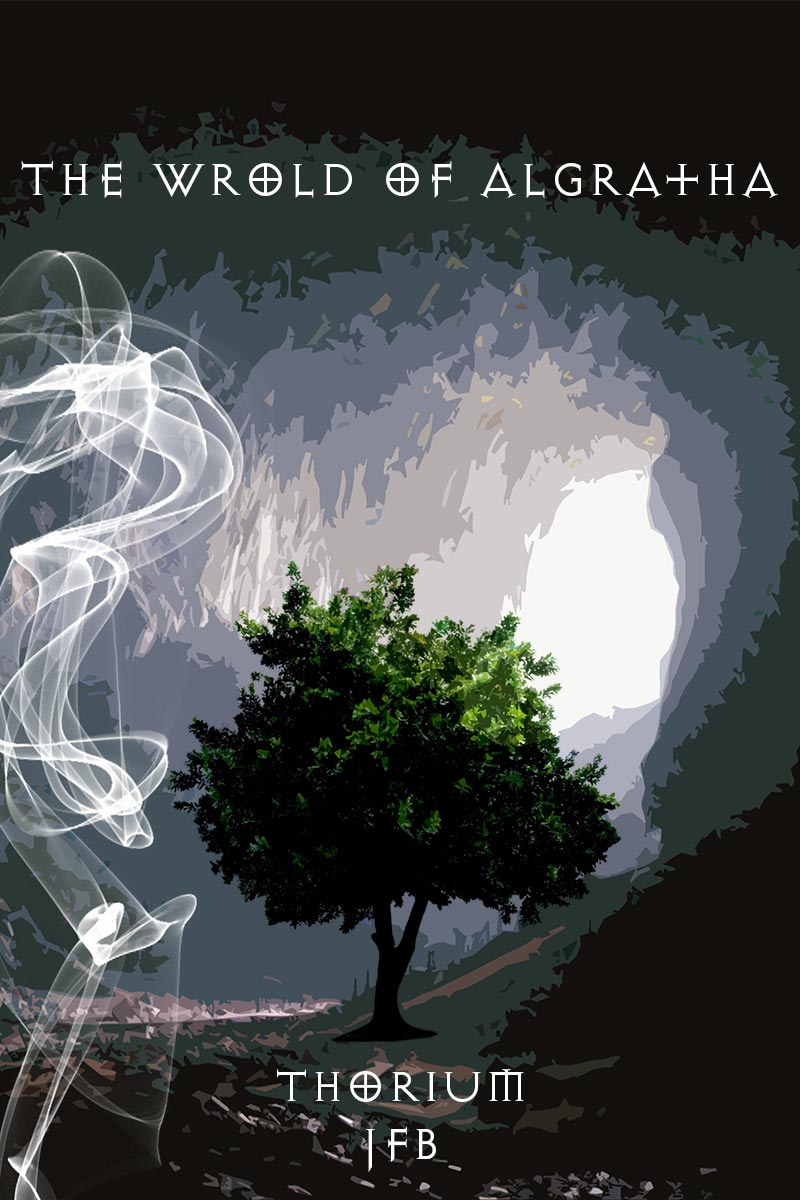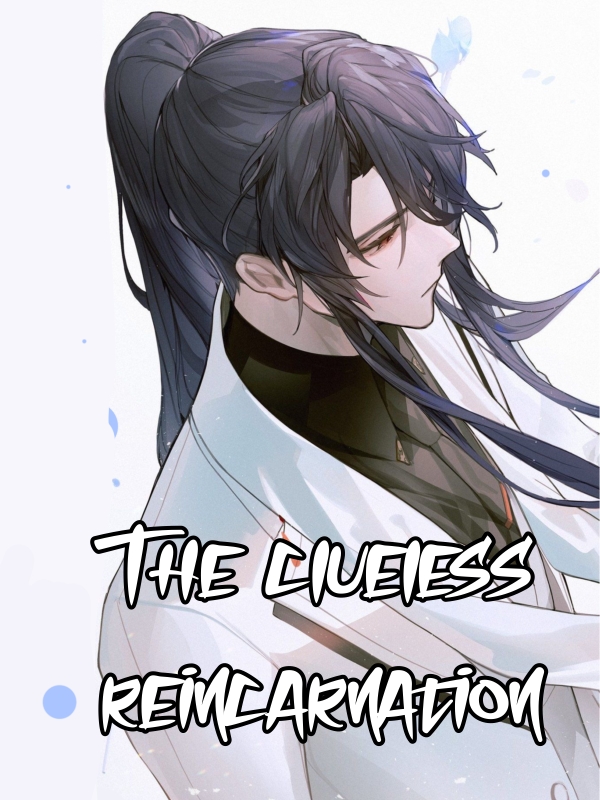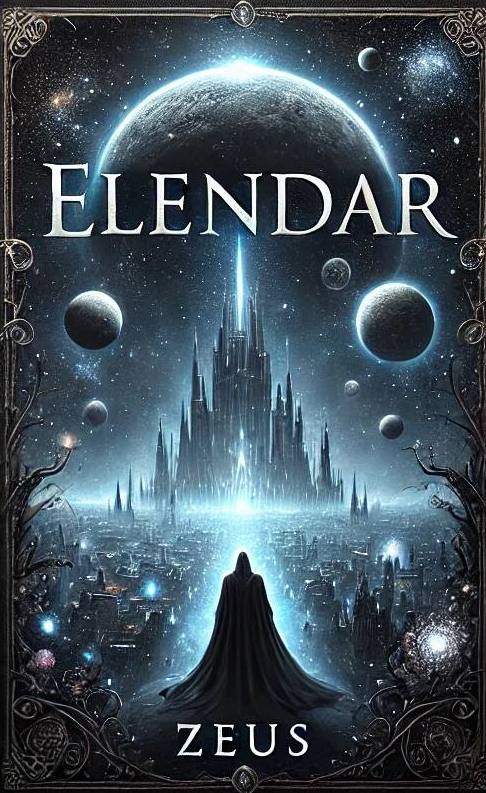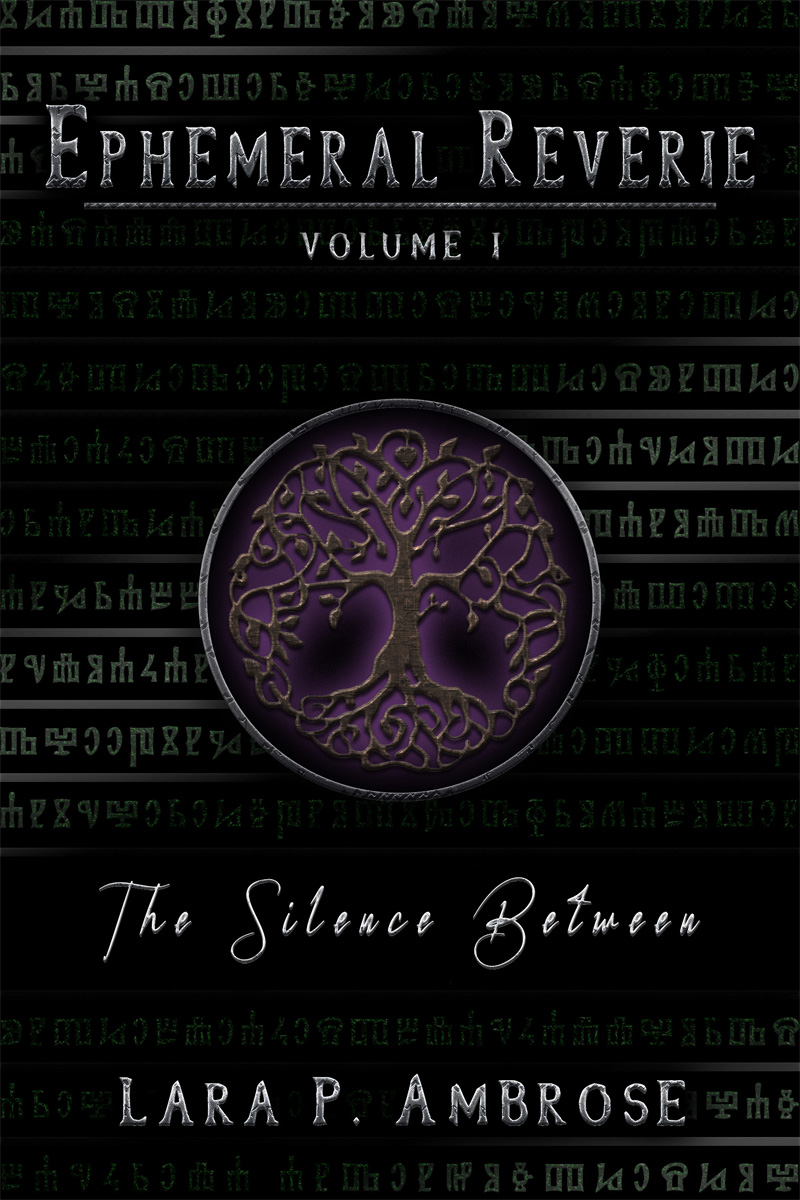Epsilon had tested Needle-1 successfully before he decided to rest. His mind must still be churning with thoughts because as soon as he closed his eyes, he entered into a multi-dream state.
A fast-moving snapshot showed images of a field littered with wounded fighters, their suits bloody and sticky. Red, pink and blue were the new colors of what was once a tranquil, lush field that had now become the stage of a bloody war.
The air that would usually be rich in sound from a nearby town and a forest full of wildlife was now thick with the scent of death and decay; hell itself had descended upon this field.
A militia of rebels and an army of warriors fought against each other unaware of the deceit of their leaders. Enough blood was shed to indicate which side would have the upper hand. The dead of the losing side were abundant and lay in heaps around the field. The faces of the fighters grim with pain and despair like their spirit would be broken soon.
With the anticipation of victory coursing through their bodies, the winning side fought with newfound strength.
Some on the field had succumbed to terror, no longer capable of moving, let alone defending themselves, while others just wished it was all over.
The toll on both nature and humanity was heavy. It would be more than a few decades before this field would recover its past self. The clear rubble, holes from explosions and weaponry had ended any form of natural life, whether it was trees or grass.
The snapshots cracked and changed… Now, it was a beach littered with shells, gore and blood. Red, brown and blue were the colors of what was once a stunning beach, now a stage of a bloody war.
The air that would usually be full of tranquil sounds was now heavy with the screams of dying fighters and the scent of their blood; the mere sense compelling one to flee the scene.
Two barely trained groups fought against each other for resources, but there was no hint of which side would win. The dead and the wounded of one side lay in a large group across the beach. The faces of the fighters were hopeful with eyes searching their surroundings as they grit their teeth to meet their enemy in an equal battle.
With a strong possibility of pain or death, the other side fought back as if their lives depended on it, which in this situation, was in fact the case. Some succumbed to panic and were barely able to force their bodies in motion, while others fought on, in the hope to survive the terror.
The toll on both nature and humanity was disastrous. It would likely take ages before this beach would recover its former pristine shine. Right now, broken siege engines, lost bombs and blood pools had taken the place of any flora and fauna.
There was a change again. The planet Vinci, named so by its discoverer, was an ice planet in a small solar system with 10 other planets. Vinci was about 3.1 times bigger than Earth and its gravity was about 1.91 times that of the planet.
A single day lasted 43.43 hours and a year lasted 255 days. The planet was made up of 11 continents, which comprised 81% of the planet’s landmass.
One moon orbited the planet and Vinci itself orbited a yellow sun in an elliptic orbit.
The plant-like organisms on this planet were made up of tall grasses and flowers, with even taller fungi and huge trees. Shrubs were non-existent and bushes were so rare they might as well not exist. While flowers came in more shapes and colors than grasses, they both shared a wide variety of scents, most of which were related to the nutrients in their area. The fungi were tall, strong and, like the grasses and flowers, scented. The trees were also scented, but it was much harder to detect.
Despite not being more than a few baby steps old among the more specialized species, the life forms on this planet already showed great promise in terms of diversity and never-seen-before characteristics.
Just like the surface, the underwater world did not have much to offer other than basic plants. While they did play an important role in many of the planet’s ecosystems, they were not that spectacular to look at.
A few dozen insect species were the only life forms on this planet visible to the naked eye. But microscopes would show there was a huge variety of bacteria and other microorganisms hiding in every nook and cranny. While the insects may be more appealing to study, it was the microorganisms that held the most information and could even lead to potential scientific breakthroughs in many different fields.
The planet Mondas, which was a name still in dispute, was a desert planet in a small solar system with 10 other planets.
Mondas was about 7.3 times bigger than Earth and its gravity was about 1.6 times that of Earth. A single day lasted 21.30 hours and a year lasted 171 days. The planet was made up of eight continents, which contributed to 88% of the planet’s landmass.
One moon orbited the planet and Mondas itself orbited a white sun in a slightly elliptic orbit.
The plant-like organisms on this planet were bushes, with a few flowers and smaller shrubs mixed in. Trees were non-existent and the fungi were rare. However, the bushes could grow in odd shapes to unexpected heights. Some could be confused for trees from afar, while others looked like a group of flowers from up close. The few flower species that did exist emitted incredible scents, while the shrubs tend to be hidden in plain sight, as they often looked like a bush.
These organisms may not be much more than the very basic versions of known life forms, but they made for a gorgeous landscape. It made one wonder how amazing this planet would be in 10,000 years.
Corals, although very base, could be found all over the planet’s oceans, seas and lakes. While they lacked the bright colors and odd shapes like one would find among Earth’s corals, they did have the makings of varied aquatic wildlife, with an abundance of exquisite species.
As expected, the only life forms coming close to being animals were the millions of microorganisms that were found pretty much everywhere. They could provide many answers to both how life was created on this planet and thus how life could be created on other planets.






